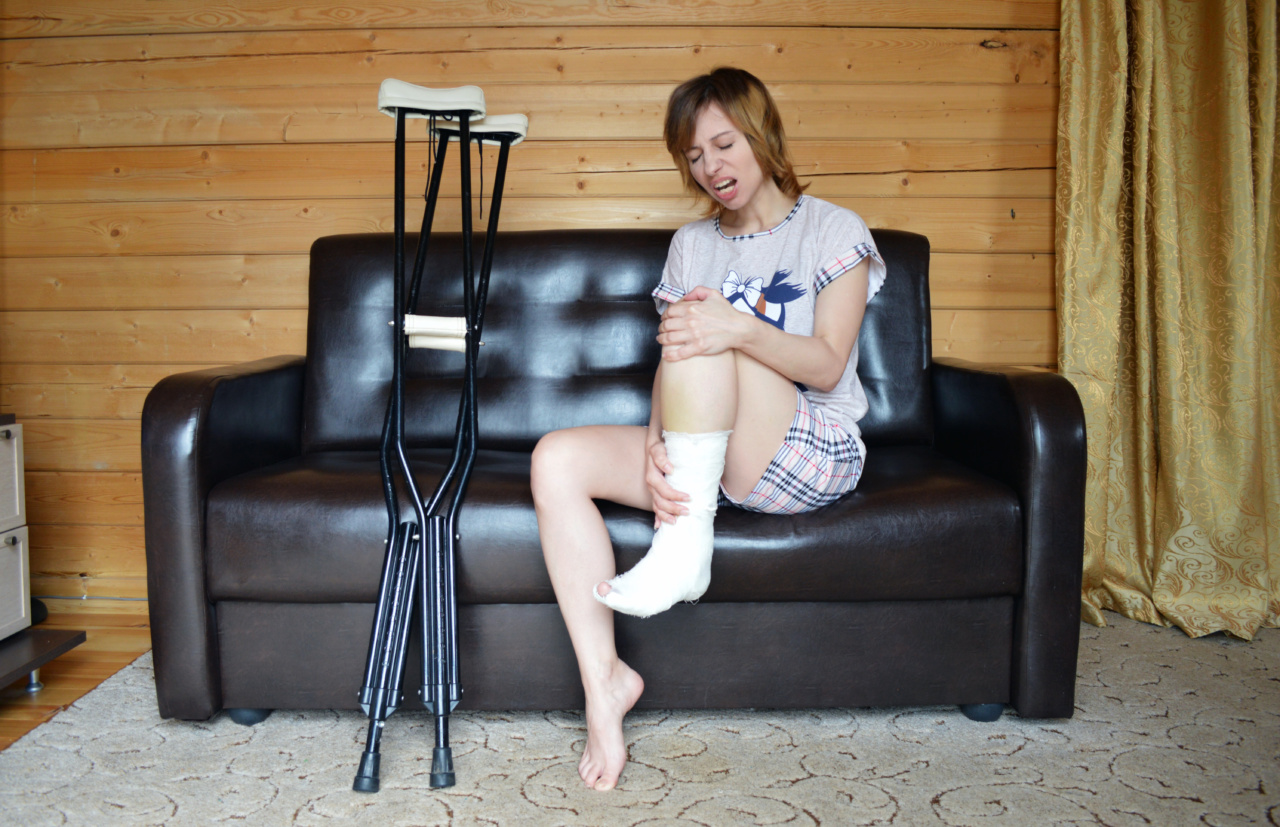Meniscus rupture is a common knee injury that can occur at any age, but it is more prevalent among athletes who engage in sports that involve sudden stops and turns or direct blows to the knee.
When a meniscus ruptures, it can cause pain, swelling, and limited mobility, which can affect daily activities and sports performance. While some cases of meniscus rupture may require surgery, other cases can be treated non-surgically.
Non-Surgical Treatment Options
Rest
Rest is the first-line treatment option for meniscus rupture. Taking a break from sports activities and limiting weight-bearing activities can give the knee time to heal.
Rest should be combined with the practice of proper knee care techniques such as ice application and elevation.
Ice Application
Ice application is a way of reducing swelling and minimizing pain that can result from meniscus rupture.
Applying an ice pack to the affected knee area for 20-minute intervals several times a day, especially after engaging in physical activity, can help to ease pain and swelling.
Physical Therapy
Physical therapy can help to strengthen the knee, improve mobility, and reduce pain associated with meniscus rupture.
Physical therapists use different rehabilitation techniques, including heat and cold therapy, aerobic conditioning, and muscle-strengthening exercises to help promote healing and restore proper function and flexibility to the knee.
Non-Steroidal Anti-Inflammatory Drugs (NSAIDS)
Non-steroidal anti-inflammatory drugs (NSAIDs) such as ibuprofen and naproxen can be used to reduce swelling and pain caused by meniscus rupture.
These drugs should be taken only as prescribed by a doctor and in the recommended dosage, as prolonged use can cause gastrointestinal problems and other complications.
Bandage and Bracing
Bracing or bandaging the affected knee can help to provide support and reduce the risk of further injury to the knee, especially during physical activities or sports.
Knee braces are available in different types and sizes, and the right model should be recommended by a medical professional.
When is Surgery Required?
Surgery may be required for some cases of meniscus rupture, especially when non-surgical treatment options fail or in cases where the injury is severe. Surgery may involve repair of the torn meniscus or partial removal of the damaged tissue.
The choice of surgery depends on the severity of the injury, the patient’s age and activity level, and other medical conditions which may interfere with the recovery process.
Patients who undergo surgery may need to undergo rehabilitation therapy to help restore proper knee function.
Conclusion
Meniscus rupture is a common knee injury that can cause pain and discomfort, limiting daily activities and sports performance. While some cases of meniscus rupture may require surgery, other cases can be treated non-surgically.
Resting, Physical therapy, Ice application, Non-Steroidal Anti-Inflammatory Drugs (NSAIDs), and Bandage Bracing are some non-surgical treatment options that can help with healing and recovery.





























